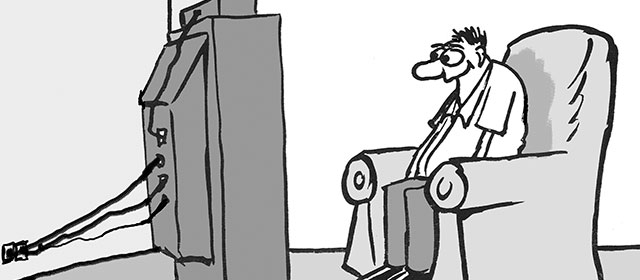Story summary
History
Television was introduced to New Zealand in 1960, beginning as four separate channels in the main centres. Until the late 1980s there was just one publicly owned network. Competition began with the introduction of the privately owned TV3 in 1989 and the subscription-based Sky TV network in 1990. Television New Zealand (TVNZ) was made a state-owned enterprise in 1989. In 2012–13 TV broadcasting became solely digital.
New Zealand content
New Zealand society, culture, politics and history have been reflected in locally made programmes – although the proportion of local content is lower than in other English-speaking countries. In 1989 the Broadcasting Commission (renamed NZ On Air) was set up to support local production. A charter setting standards for public-service broadcasting was created for TVNZ in 2000–3, but was abolished in 2011.
Māori television
At first Māori seldom appeared on television, except as entertainers. In the 1980s TVNZ set up a Maori Production Unit and Māori-focused programmes such as Koha and Te karere began. After a number of legal battles, the government-funded Māori Television Service (now Whakaata Māori) was established in 2004. Up to 70% of its content, which includes many programmes in the Māori language, is New Zealand-made.
News and current affairs
In the 1960s international footage took days to reach New Zealand, so news programmes had few moving pictures. News and current affairs expanded in the late 1970s. As television became more competitive and commercial, news began to include more crime, human interest and celebrity stories.
Documentaries
Until 1989 most television programmes were produced ‘in house’, although some independent documentaries were commissioned. Documentary production expanded after 1990, but decreased after 2007.
Drama
Local drama was first produced in the early 1960s. Drama has been an important part of New Zealand television, depicting local life and culture. Programmes have included soap opera Shortland Street, children’s serial Under the mountain and Outrageous fortune, a popular series about a criminal family in West Auckland.
Light entertainment
From the 1960s variety, music, cooking and game shows – many locally made – were broadcast. Comedy shows flourished from the late 1970s, and telethons were held to raise money for worthy causes. Reality shows began in the 1990s.
Sport
Sport was televised from 1960. It became a dominant part of New Zealand television, with up to half the population watching important games. As TV became more commercial, channels had to pay to televise major sports. By the 2000s much sport was only broadcast on the subscriber Sky network.
Children’s television
Children’s shows were screened from the early days, including music and game shows, cartoons, drama and magazine shows. People have sometimes debated the effect of television on children.
Rural and natural world
Country calendar is New Zealand’s longest-running TV programme, beginning in 1966 and still screening in 2022. Other rural shows have included A dog’s show, a sheepdog competition.
TVNZ set up a Natural History Unit in Dunedin in 1977. It was later sold and became Natural History New Zealand. It continued to make award-winning natural history programmes in the 2000s.





